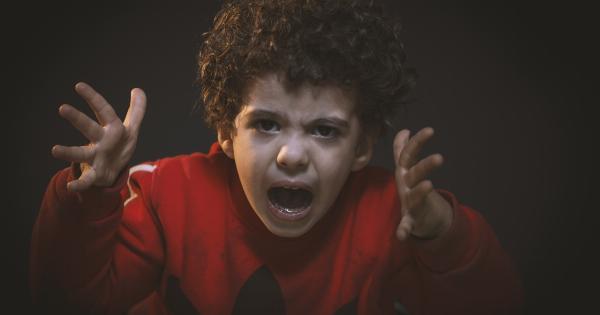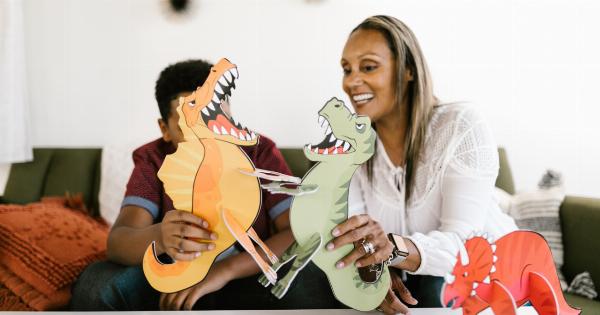Painkillers are widely used by people of all ages to deal with different types of pain, including headaches, injuries, and chronic conditions like arthritis.
However, the overuse of painkillers can have serious negative consequences on our health and wellbeing, especially for children who are still developing.
What are Painkillers?
Painkillers or analgesics are drugs that help relieve pain. There are many types of painkillers available, including opioids, nonsteroidal anti-inflammatory drugs (NSAIDs), and acetaminophen.
The Effects of Painkillers on Children
While painkillers can relieve pain in children, their overuse can cause various negative effects, including:.
1. Addiction and Dependence
Painkillers can be addictive, especially opioids like codeine, oxycodone, and hydrocodone.
When children take opioids regularly or in large doses, they can develop a physical dependence on the drugs, which means that they experience withdrawal symptoms when they stop taking them.
2. Behavioral Changes
Studies have shown that the overuse of painkillers in children can cause behavioral changes, including mood swings, irritability, aggression, and lack of concentration.
These changes can affect their academic performance, social interactions, and overall wellbeing.
3. Mental Health Issues
The overuse of painkillers can also lead to mental health issues such as depression, anxiety, and suicidal thoughts, especially in children with a history of mental health problems.
4. Physical Side Effects
Painkillers can cause various physical side effects in children, including dizziness, drowsiness, nausea, constipation, and respiratory depression.
Overdose or misuse of painkillers can also cause serious health complications like seizures, coma, and death.
The Causes of Overuse of Painkillers in Children
Several factors can contribute to the overuse of painkillers in children, including:.
1. Lack of Awareness
Many parents and caregivers are not aware of the potential risks of painkillers and how to use them safely. They may give their children painkillers without consulting a doctor or without following the recommended dosage.
2. Pressure from Healthcare Providers
Some healthcare providers may overprescribe painkillers to children, especially in cases of acute pain or after surgeries.
They may also fail to monitor the children’s use of painkillers or provide adequate education about the risks and benefits of the drugs.
3. Accessibility of Painkillers
Painkillers are widely available and can be easily obtained from pharmacies, online stores, or even at home. Children can accidentally or intentionally access painkillers and take them without adult supervision.
4. Chronic Pain Conditions
Some children may have chronic pain conditions like migraines, fibromyalgia, or rheumatoid arthritis that require long-term use of painkillers.
The prolonged use of these drugs can increase the risk of developing tolerance, dependence, and other negative effects.
Prevention and Treatment of Overuse of Painkillers in Children
Preventing overuse of painkillers in children involves various strategies, including:.
1. Educating Parents and Caregivers
Parents and caregivers need to be informed about the risks of painkillers and how to use them safely.
They should follow the recommended dosage and frequency, avoid giving them to children without a doctor’s approval, and properly store them out of reach of children.
2. Monitoring and Follow-up
Healthcare providers should monitor the use of painkillers in children and assess their pain regularly to adjust their treatment.
They should also provide education about the risks and benefits of painkillers, alternative treatment options, and signs of overdose or withdrawal.
3. Addressing the Underlying Causes of Pain
Addressing the underlying causes of pain can reduce the need for painkillers. For example, treating the infection, inflammation, or injury that causes pain can decrease the reliance on painkillers.
4. Psychological Therapy
For children with chronic pain conditions or mental health issues, psychological therapy can help manage the pain and improve their overall wellbeing.
Conclusion
The overuse of painkillers can have serious negative consequences on children’s behavior, mental and physical health, and overall wellbeing.
Parents and caregivers, healthcare providers, and children themselves need to be aware of the potential risks of painkillers and take measures to use them safely and appropriately.




























